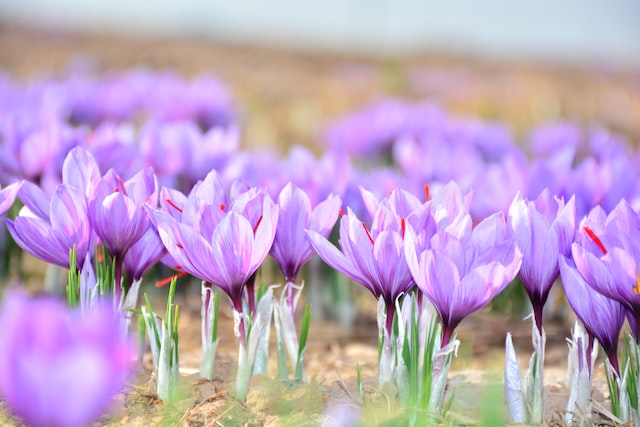
Crocus Sativus or Saffron Flower
Saffron (Crocus sativus Linnaeus) belongs to the class Liliatae (monocotyledons), sub-class Liliidae, order Liliales, Iridaceae family, and genus Crocus.
It is the plant which produces the spice saffron from the filaments that grow inside the flower. You should not confuse the saffron crocus (Crocus sativus) with “meadow” saffron or autumn crocus (Colchicum autumnale) which is poisonous.
Sativus or “wild saffron” is possibly a triploid form of Crocus cartwrightianus . The domesticated saffron crocus, Crocus sativus, is a fall bloomer with purple petals, yellow stamens, and a three-part red-orange stigma that becomes the saffron strands
Process
The corm planting, saffron flower picking, stigma separation, and drying are the most important steps in saffron production, and all these steps require a great deal of labor. In a manual harvesting system, for flower picking and stigma separation, respectively need 400 and 900 man-hours per hectare.
Cultivation
Separation
Harvesting
Packaging
Drying Pistil
Cultivation Saffron Flower
Planting of a crop at the appropriate time is an important non-monetary agronomic input. The planting period of saffron varies from region to region depending upon climatic conditions.
In Italy, saffron planting takes place in the second fortnight in August, in Spain from 15–30 June.
Corms of Crocus Sativus should be planted 4 inches apart and in a trough 4 inches deep. The flower grows best in areas of full sun in well-drained soil with moderate levels of organic content. The corms will multiply after each year and will last 3–5 years.
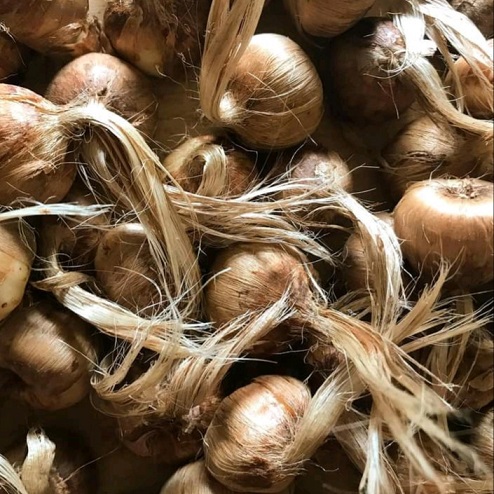
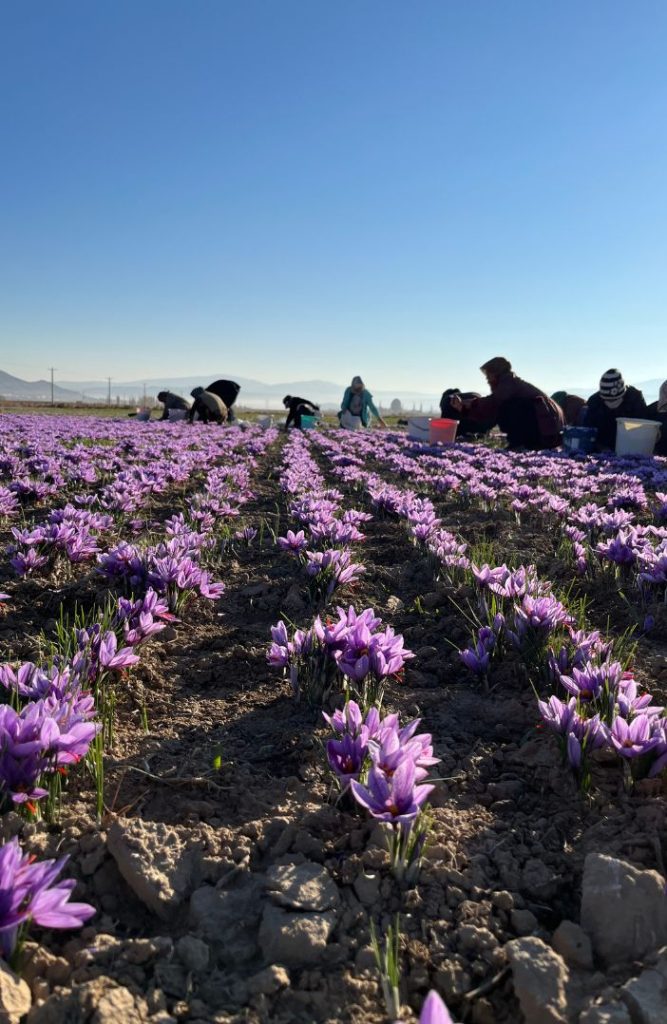
Harvesting Saffron Flower
Harvesting the flowers and separation of stigmas from the flower is a most difficult operation. It is time consuming, laborious and makes saffron the expensive spice of the world. Picking of 1000 flowers requires 45–55 min, and another 100–130 min is required for removing the stigmas for drying. Thus, to produce 1 kg of dried saffron requires 370–470 h.
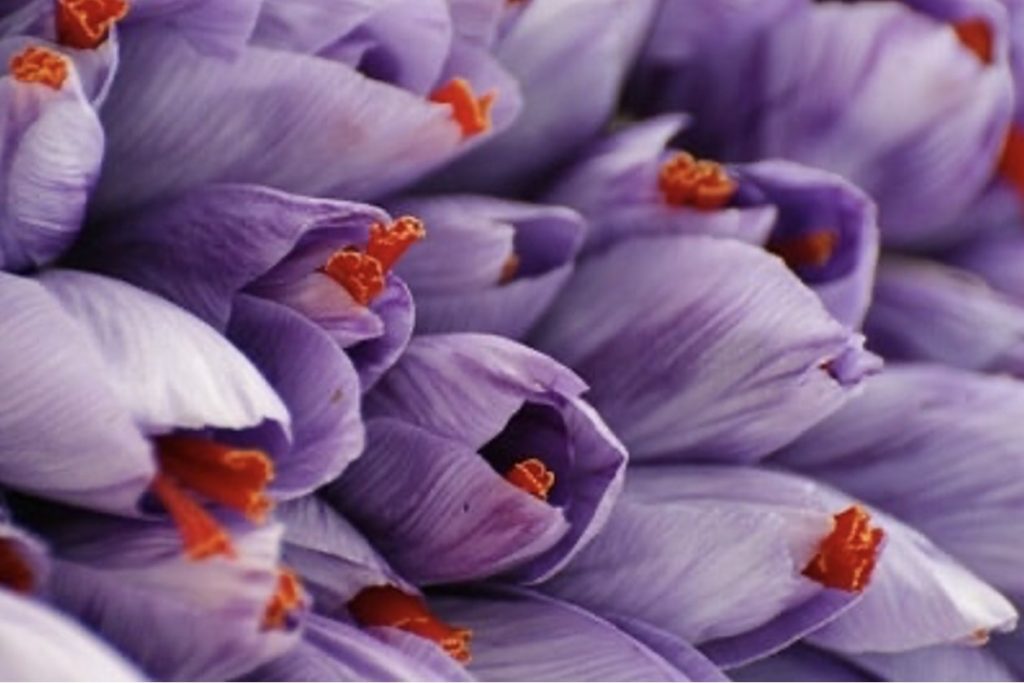
The best time for saffron flower picking time is exactly when they are fully bloomed and the saffron strand or stigma is at its reddest. The harvesting must begin shortly after dawn. Because of exposure to the sun, saffron slightly loses its color and flavor and withers under the sun light. The task includes picking the flowers and separating the stigmas from the petals and stamens. Farmers pick the saffron flowers at the base of the segments. Then they put them into basket in thin layers to avoid excess pressure and deformation of flowers organs, particularly of the stigmas.
Traditional Stigma Flower Separation
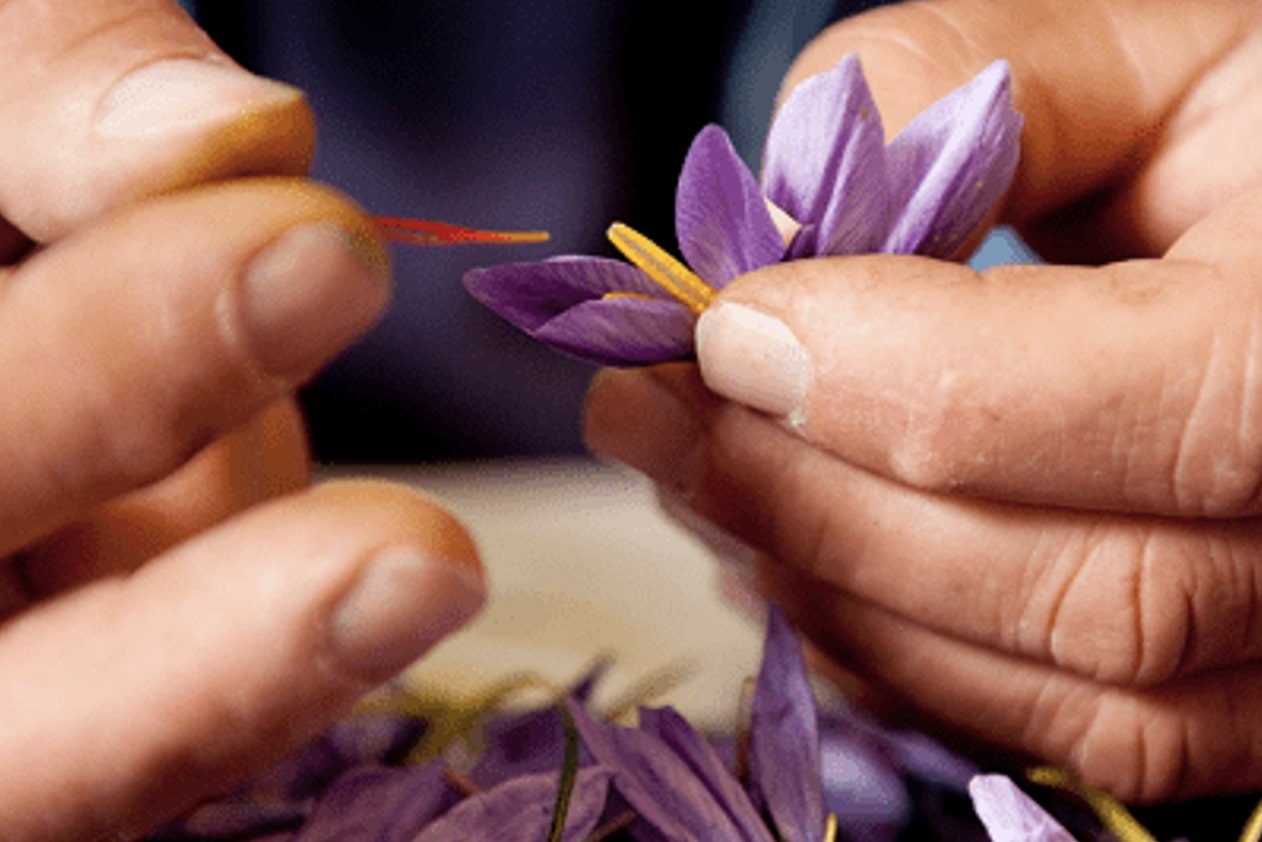 Immediately after harvesting, workers bring the saffron flowers indoors for separation. Then starts the process of separating the stigmas plus the uppermost 2 mm of style from the rest of the organs. If the style portion is longer than 2 mm, saffron is of inferior quality. However, the most delicate and time-consuming phase of the saffron harvest is the separation of stigma from flowers. On the other hand, the short flowering period in each region makes it impossible to find sufficient labor and time to separate the stigma from all harvested flowers on a daily basis.
Immediately after harvesting, workers bring the saffron flowers indoors for separation. Then starts the process of separating the stigmas plus the uppermost 2 mm of style from the rest of the organs. If the style portion is longer than 2 mm, saffron is of inferior quality. However, the most delicate and time-consuming phase of the saffron harvest is the separation of stigma from flowers. On the other hand, the short flowering period in each region makes it impossible to find sufficient labor and time to separate the stigma from all harvested flowers on a daily basis.
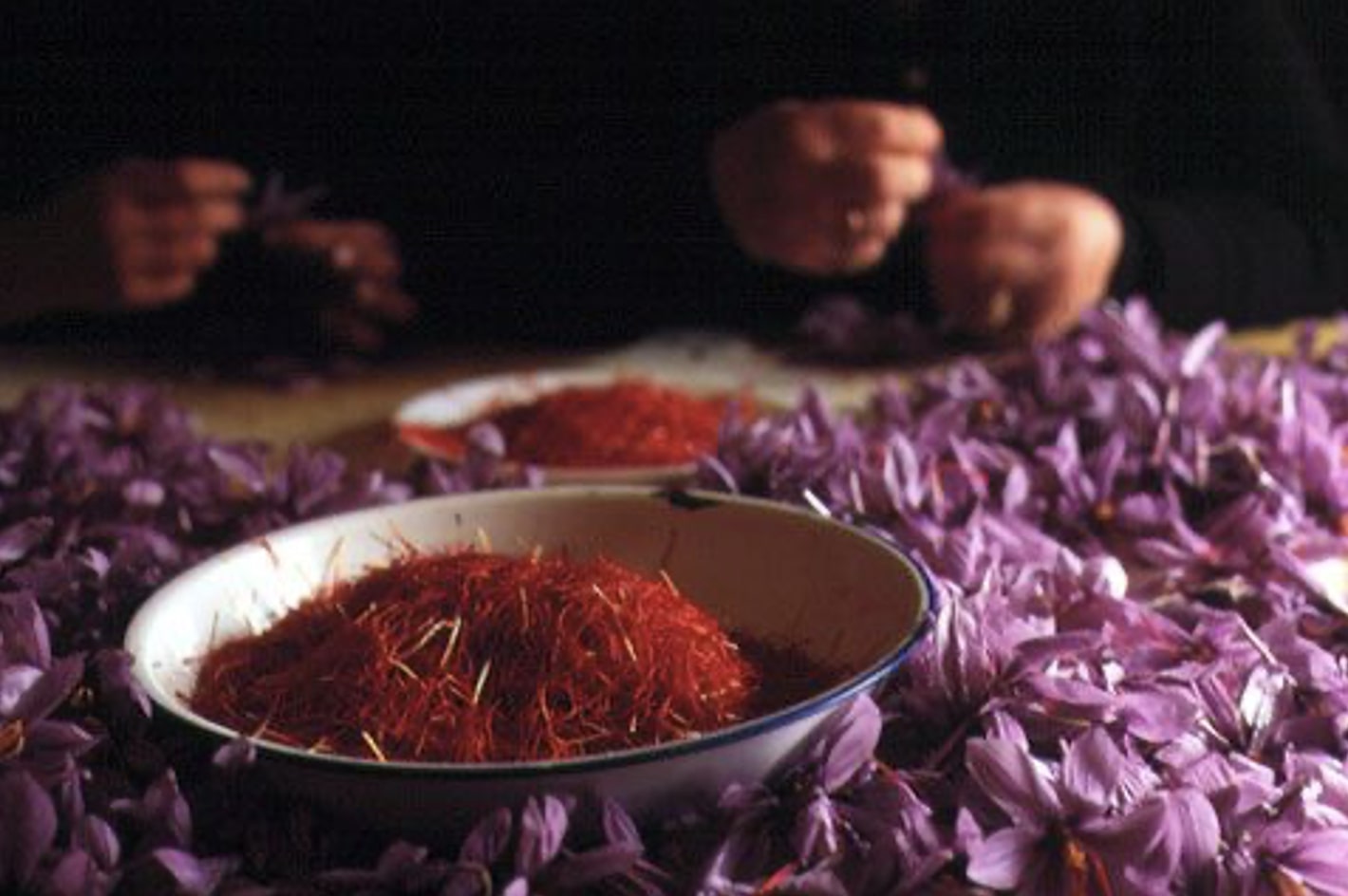 As a result, the growers should store the saffron flowers for a few days. This results in quality degradation and sometime flower spoilage. To achieve high-quality products, the recommendation is to separate stigma no later than 1 day after harvest. The traditional method requires three man-hours for separating the stigmas of 1 kg saffron flower.
As a result, the growers should store the saffron flowers for a few days. This results in quality degradation and sometime flower spoilage. To achieve high-quality products, the recommendation is to separate stigma no later than 1 day after harvest. The traditional method requires three man-hours for separating the stigmas of 1 kg saffron flower.
Methods Of Saffron Flower Stigma Separation
Saffron stigmas separation has two traditional manual methods resulting in two types of products: Bunch saffron and Mancha saffron.
Bunch Saffron

For Bunch saffron production, the worker cuts open the stem and pull out the triple-filament stigma along with the white style at the end of it. Then, they place the stigmas on one another with their white style.
Mancha Saffron

To produce Mancha saffron, which is the export-grade product, the saffron farmers cut the flowers from their collar. Then, they separate the triple-filament stigma from the rest of the flower.
Drying Method

Traditional Method
In traditional methods using solar and air drying can degrade the carotenoids in saffron. However, the purplish-red color and aroma in saffron retains with the air-drying method.
Industrial Method
In the industrial method, there are several ways for the drying process such as drying over charcoal, IR heating method, Microwave drying method, and freeze-dried saffron method. Using each method has its own advantage and disadvantage.
Saffron Packaging
After harvesting, separation, and drying processes it is time for saffron packaging in well-sealed containers and storing in cool places. However, long-term storage, especially in moist and warm places, may make the product prone to reabsorption of water. Consequently, it causes the regeneration of contaminating microorganisms and finally putrefaction of the saffron. A package consists of any material or a combination of materials that can present, contain, protect, handle, and distribute goods in every phase of the distribution chain. Numerous plastic polymers with different barrier properties are commercially available. Because, properly packaging of dried stigmas and storing far from moisture and light at temperatures between 5_C and 25_C is very important.
